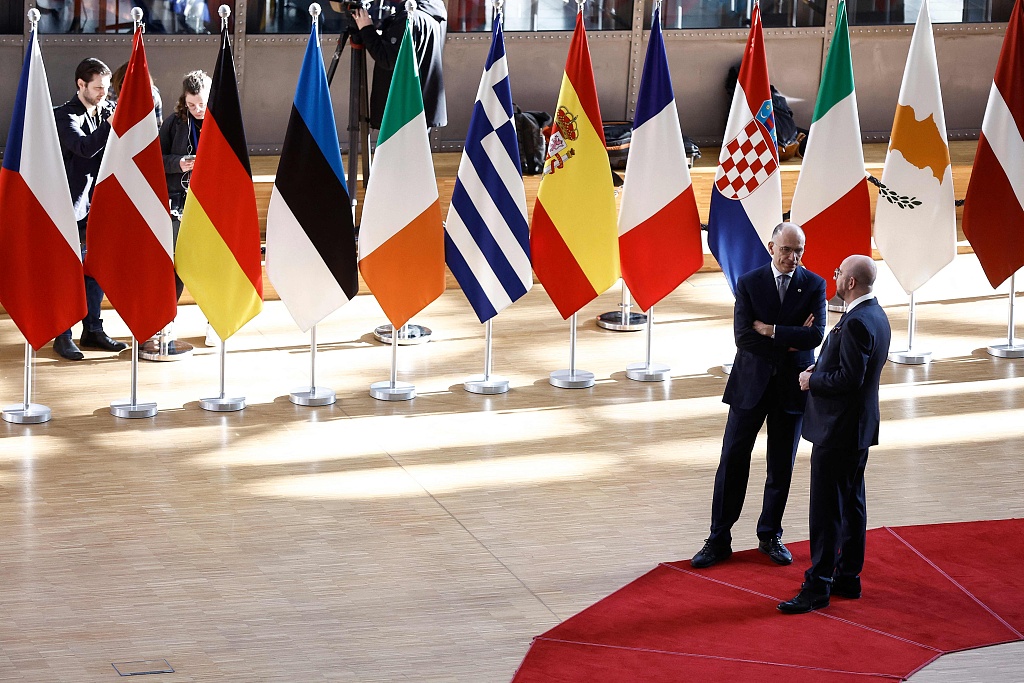 European Council summit is held at the EU headquarters in Brussels, April 18, 2024. /CFP
European Council summit is held at the EU headquarters in Brussels, April 18, 2024. /CFP
European Council summit is held at the EU headquarters in Brussels, April 18, 2024. /CFP
The European Council’s special two-day summit wrapped up in Brussels on Thursday, vowing to enhance the European Union’s competitiveness amid the drastic global shifts and close up the gap with the U.S.
“In the face of a new geopolitical reality and increasingly complex challenges, the European Union is committed to acting decisively to ensure its long-term competitiveness, prosperity and leadership on the global stage and to strengthen its strategic sovereignty,” leaders agreed at the summit.
European Council President Charles Michel emphasized the bloc’s over-reliance on external economic and security bases, which he argued undermines the EU’s competitiveness and global influence.
Affected by factors such as intensified geopolitical tensions, continued monetary tightening, and weak global demand, the European economy continues to be sluggish in 2024, particularly evident in manufacturing and energy-intensive industries.
Preliminary statistical data released by Eurostat at the end of January showed that the economies of the Eurozone and the EU experienced zero growth in the fourth quarter of last year compared with the previous quarter. The European Trade Union Confederation reported last month that nearly 1 million manufacturing jobs had been lost in the EU over the past four years.
The summit highlighted nine key areas to drive competitiveness, such as deepening the single market, developing and implementing effective industrial policies, and increasing investments through the Capital Markets Union (CMU) and the European Investment Bank.
‘No time to waste’
EU Leaders heard a proposal for an EU-wide effort to subsidize industrial companies in response to the Biden administration’s Inflation Reduction Act, which provides funds, various tax credits, grants and loans toward industrial sectors that can reduce carbon emissions, and triggered concerns among EU leaders that U.S. subsidies for its domestic production are drawing investment from Europe and threatening the loss of industrial jobs on the continent.
The proposals, contained in a report from former Italian Prime Minister Enrico Letta, who cautioned there is “no time to waste” and a narrowing window to address the widening economic gap with the U.S.
The report stated that rising protectionism threatens the EU’s economic security and undermines its development in technological fields such as artificial intelligence and clean technology. It outlined the critical need for funding to support the EU’s goals in green and digital transitions, EU enlargement and defense enhancements.
Letta pointed to the EU’s 33 trillion euros ($35 trillion) in private savings as an underutilized resource, and highlighted that approximately 300 billion euros of EU family savings are redirected abroad each year, predominantly flowing into the American economy and managed by U.S. asset managers.
European Commission President Ursula von der Leyen stressed that the EU could raise an additional round of about 470 billion euros a year in funding from the capital markets if the EU completed the CMU.
Michel also supported leveraging the CMU to channel these funds into European companies, likening the initiative to the U.S.’ Inflation Reduction Act, which allocated nearly $400 billion to subsidize domestic production.
Divisions
Despite the endorsement of the CMU as it was written in the European Council conclusions document, divisions among EU leaders remain evident. While France and Germany backed the initiative, the majority of the EU’s 27 member states expressed reservations about losing national control and expanding EU regulatory powers.
Estonian Prime Minister Kaja Kallas voiced concerns about losing competitive advantages such as their tax system. Meanwhile, Irish Prime Minister Simon Harris emphasized the need for careful implementation of the capital markets union without excessive centralization, particularly opposing the harmonization of corporate taxes.
The summit communique also reiterated EU’s support for Ukraine, but analysts believe that the limitations on the bloc’s own defense industrial base and production capacity make it difficult to fulfill more of its commitments to Ukraine.
On the Middle East situation, EU leaders urged all parties to exercise the utmost restraint and avoid any actions that could escalate tensions in the region. They agreed to implement more restrictive measures against Iran, specifically targeting unmanned aerial vehicles and missiles.
(With input from Xinhua)
 This photo taken on April 15, 2024 shows an energy utilization solution exhibited at a booth during the 135th session of the China Import and Export Fair in Guangzhou, South China’s Guangdong province. [Photo/Xinhua]
This photo taken on April 15, 2024 shows an energy utilization solution exhibited at a booth during the 135th session of the China Import and Export Fair in Guangzhou, South China’s Guangdong province. [Photo/Xinhua] 

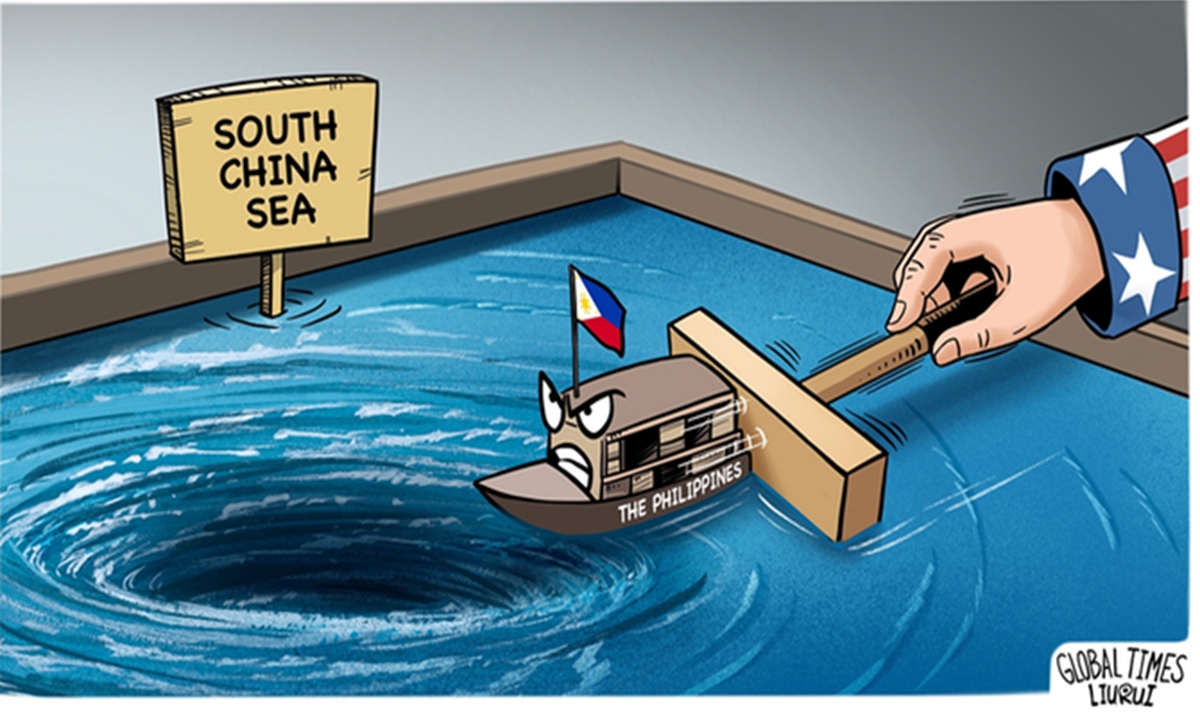

 A member of the Israeli military stands next to an Iranian ballistic missile, which fell in Israel on the weekend, at the Julis military base near the southern Israeli city of Kiryat Malachi, April 16, 2024. /CFP
A member of the Israeli military stands next to an Iranian ballistic missile, which fell in Israel on the weekend, at the Julis military base near the southern Israeli city of Kiryat Malachi, April 16, 2024. /CFP 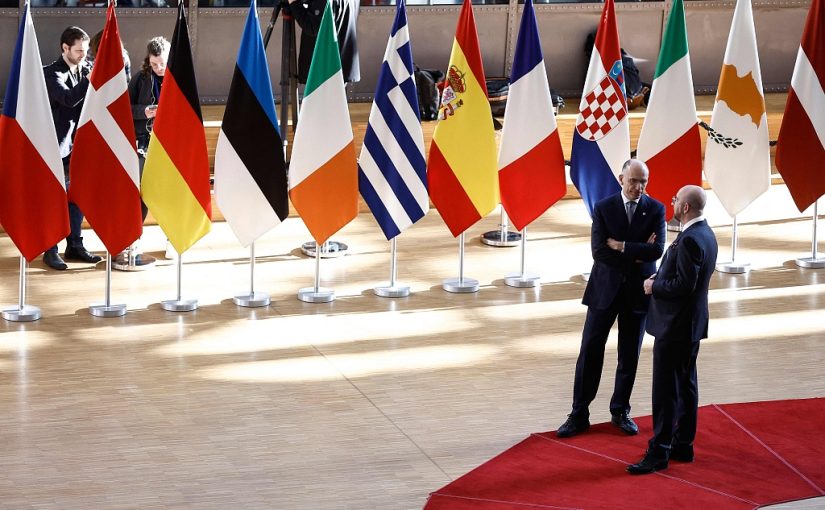
 European Council summit is held at the EU headquarters in Brussels, April 18, 2024. /CFP
European Council summit is held at the EU headquarters in Brussels, April 18, 2024. /CFP 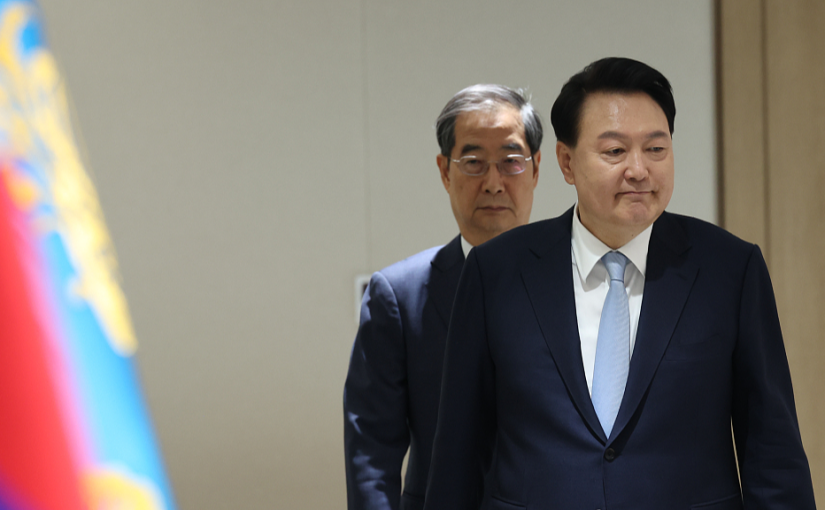
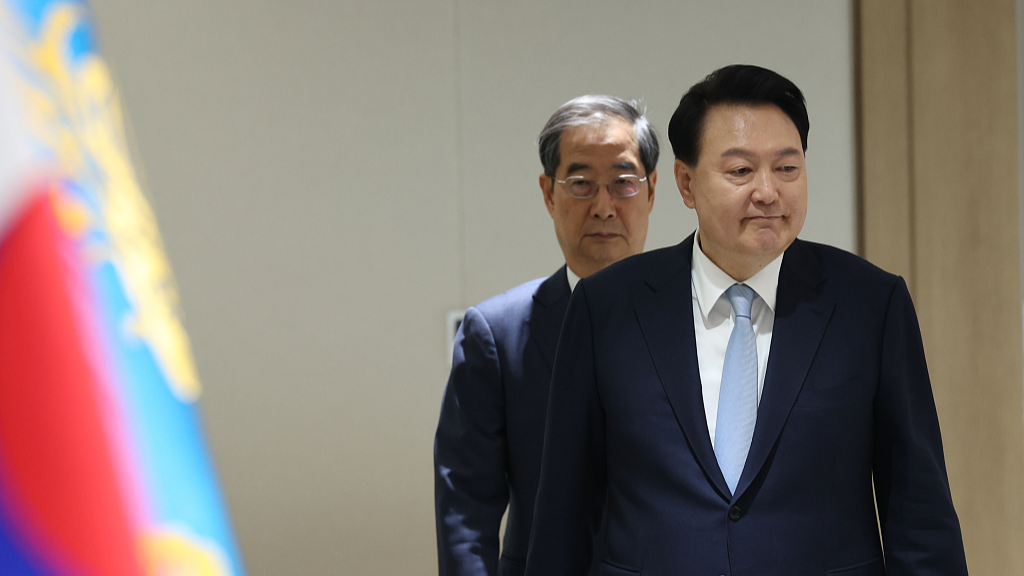 South Korean President Yoon Suk-yeol (front) walks with Prime Minister Han Duck-soo into a meeting in Seoul, South Korea, April 26, 2024. /CFP
South Korean President Yoon Suk-yeol (front) walks with Prime Minister Han Duck-soo into a meeting in Seoul, South Korea, April 26, 2024. /CFP 
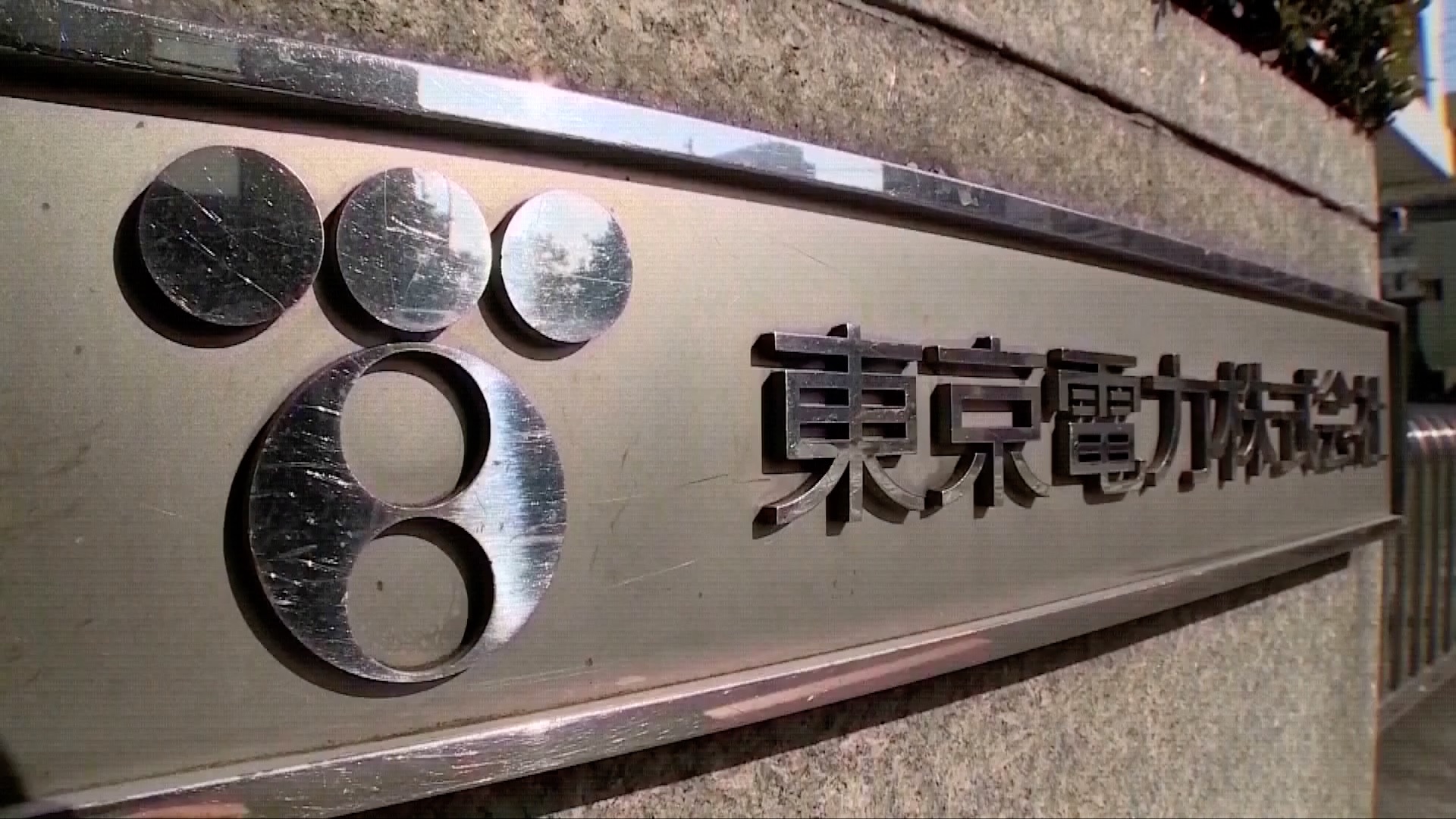 A logo of Tokyo Electric Power Company (TEPCO), the Fukushima Daiichi Nuclear Power Plant’s operator. /CMG
A logo of Tokyo Electric Power Company (TEPCO), the Fukushima Daiichi Nuclear Power Plant’s operator. /CMG 
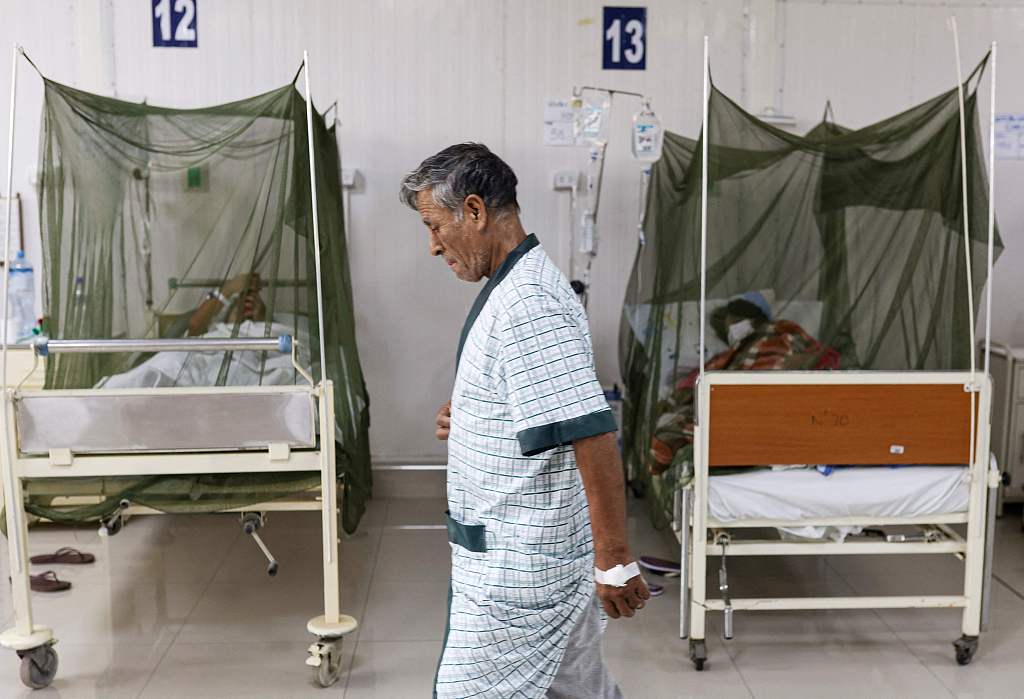 A patient with dengue fever walks inside the Sergio E. Bernales National Hospital on the outskirts of Lima, Peru, April 17, 2024. /CFP
A patient with dengue fever walks inside the Sergio E. Bernales National Hospital on the outskirts of Lima, Peru, April 17, 2024. /CFP 


